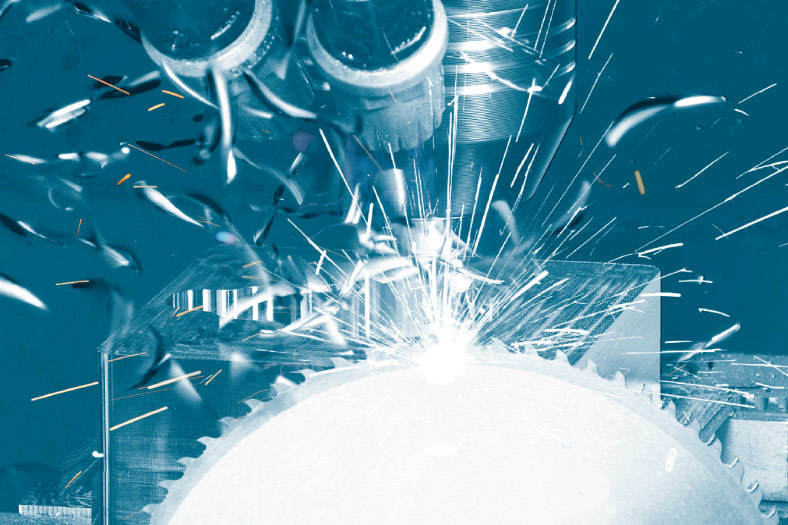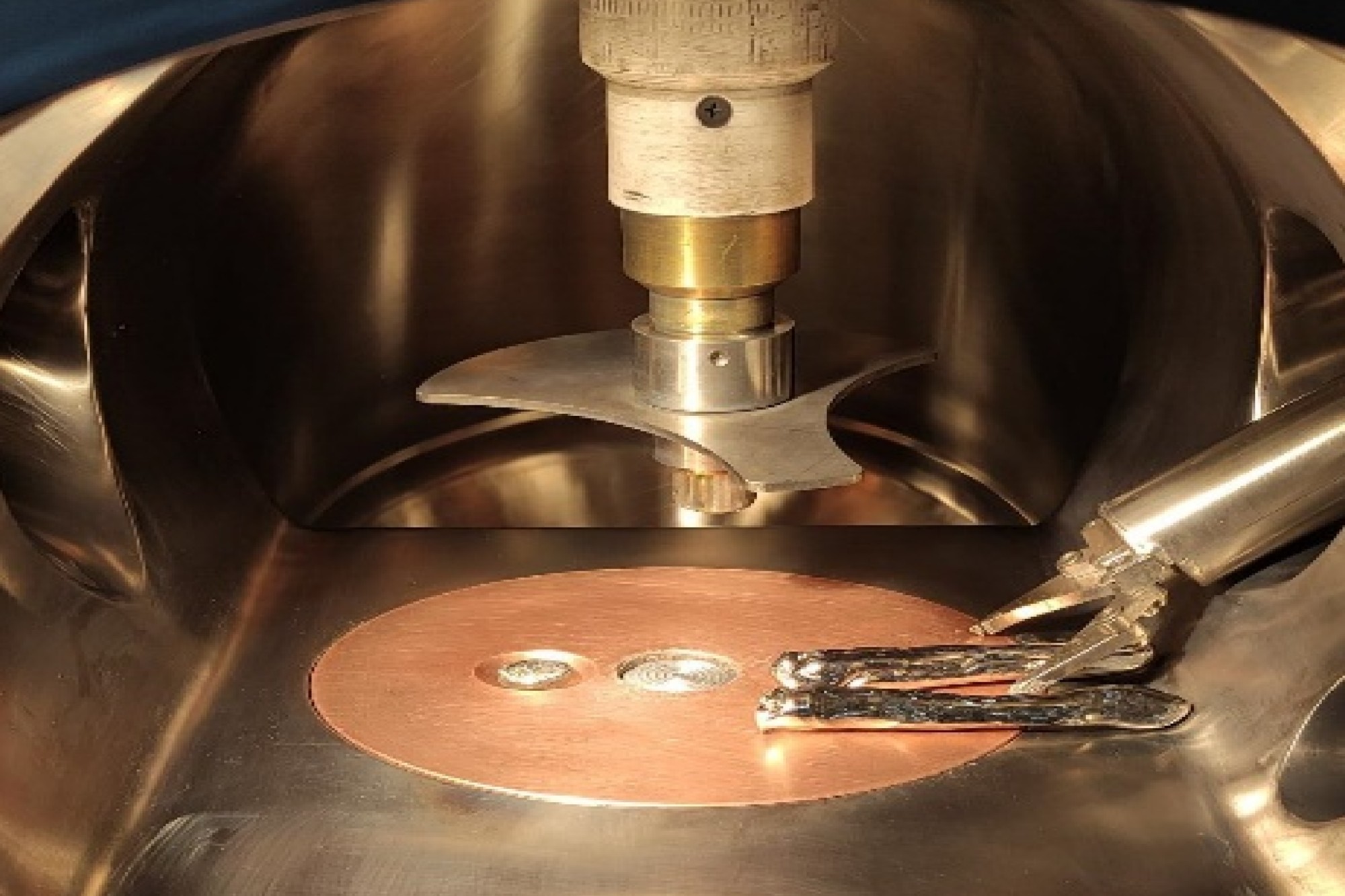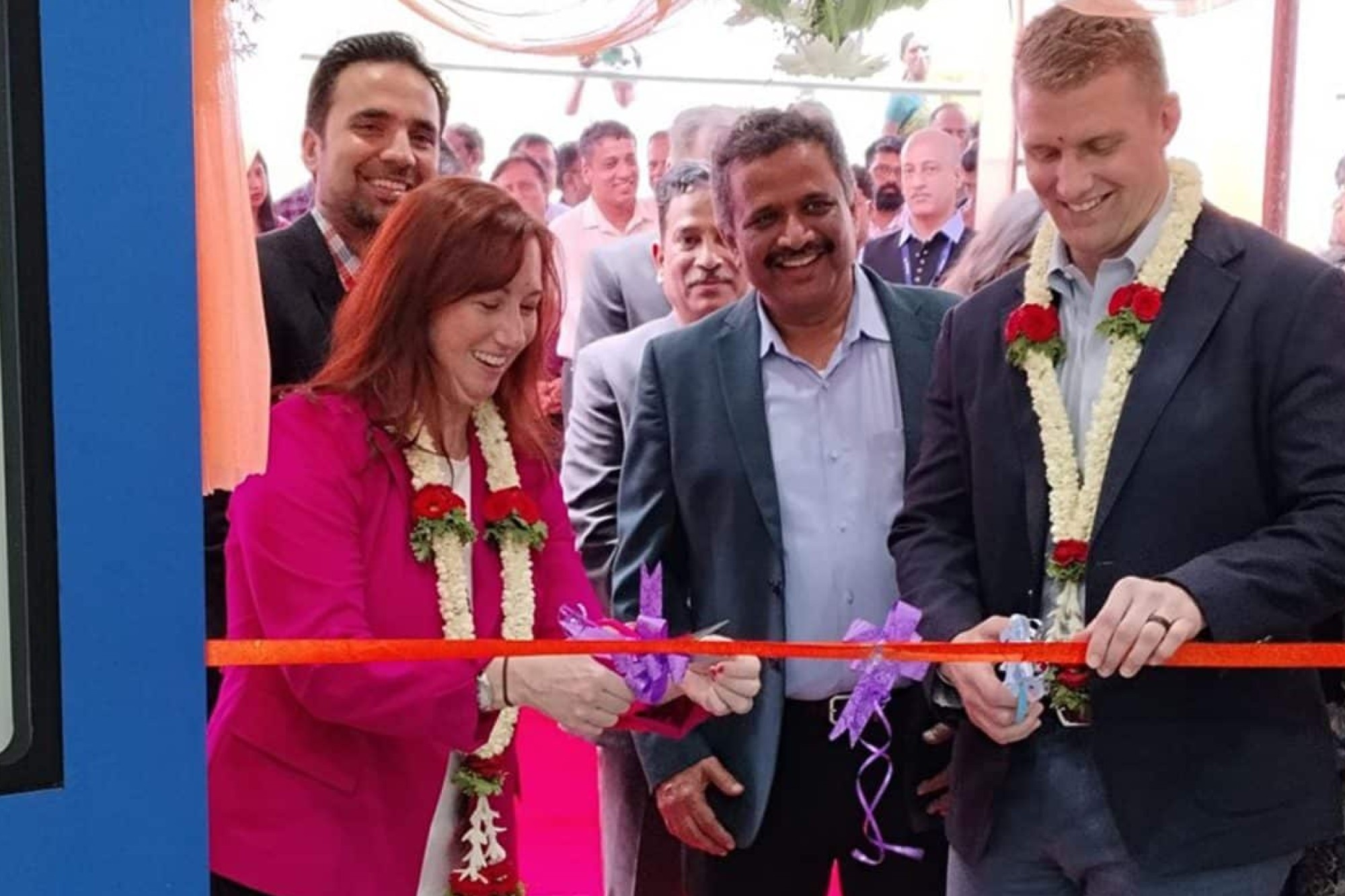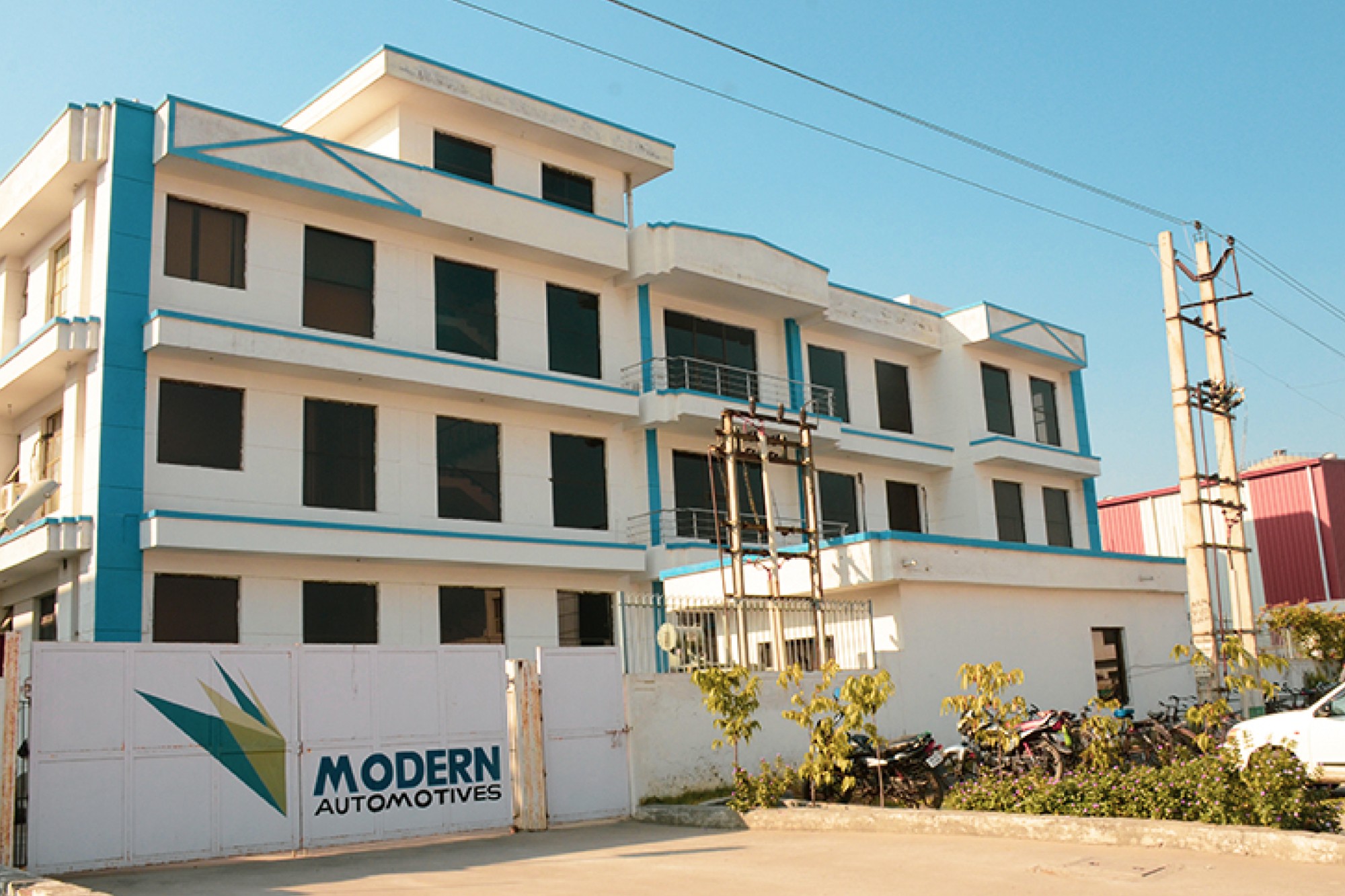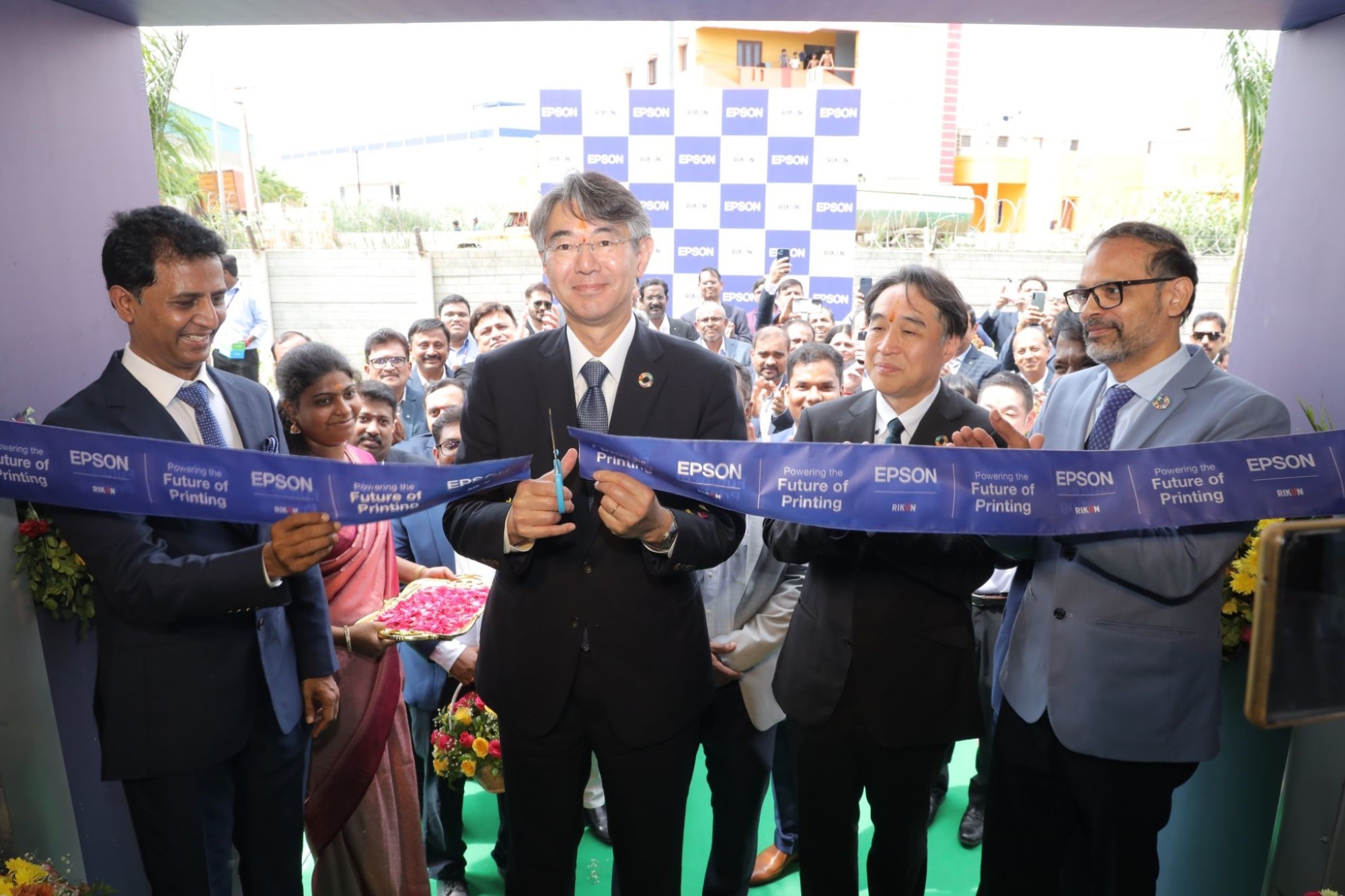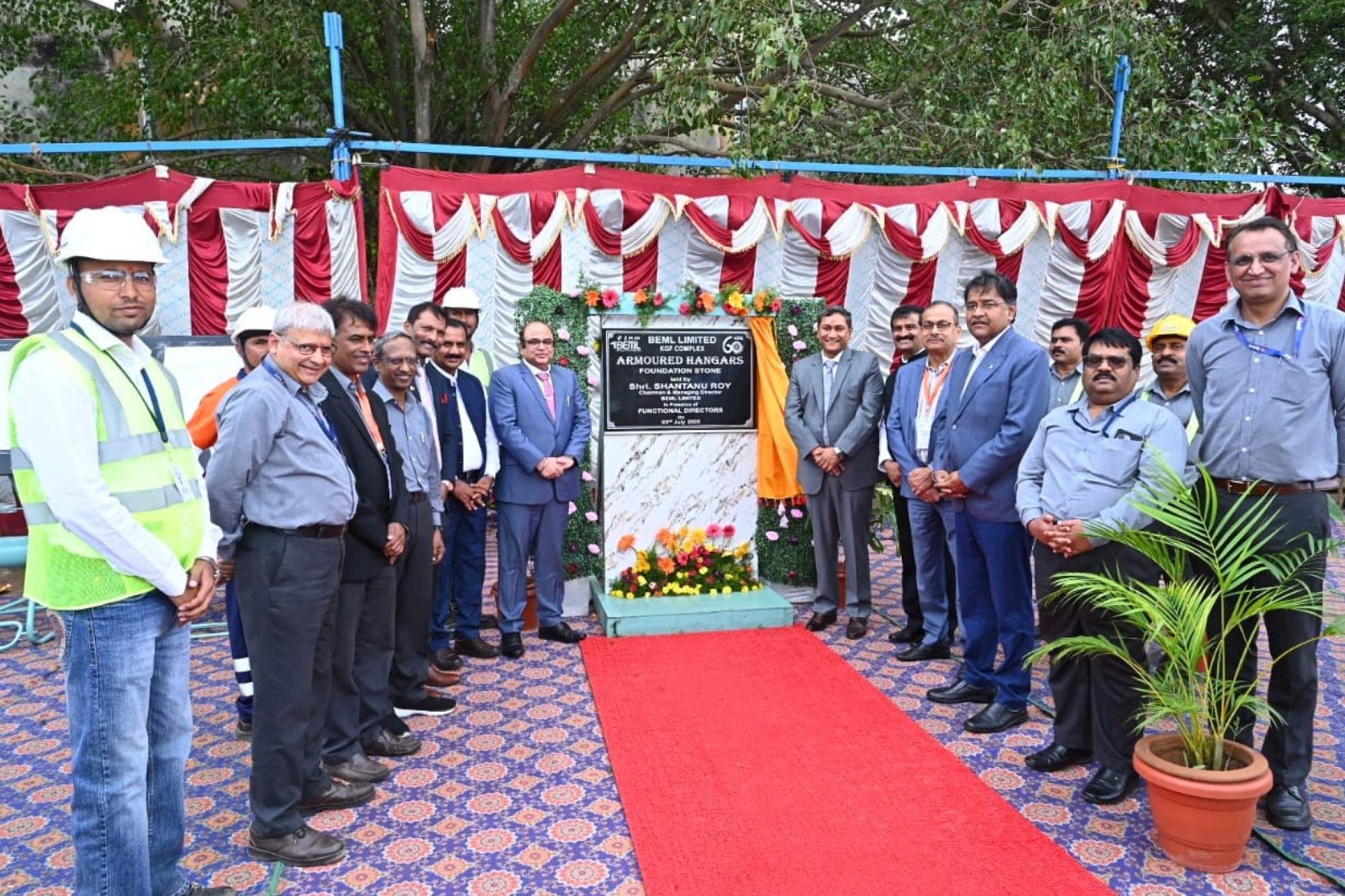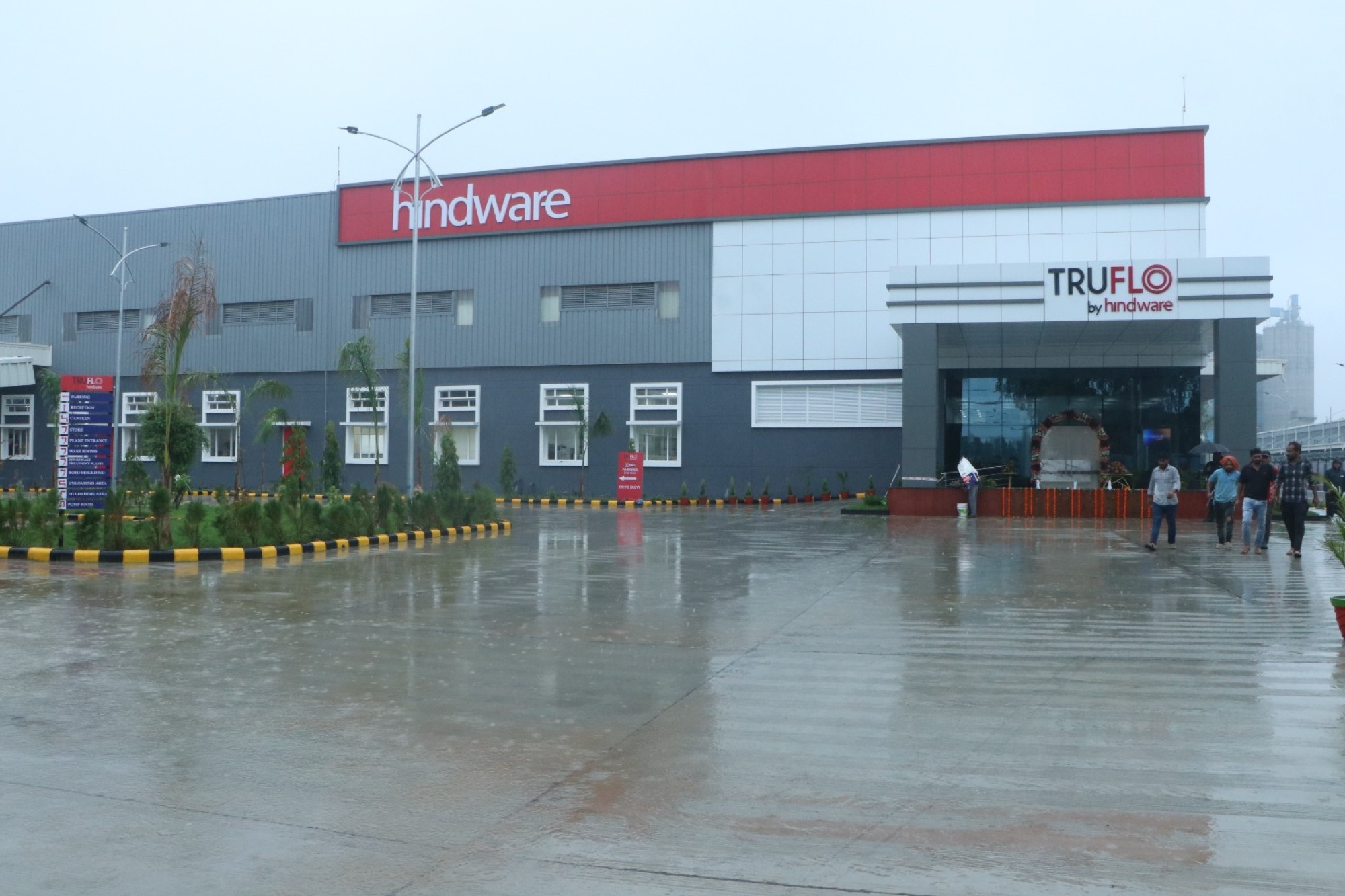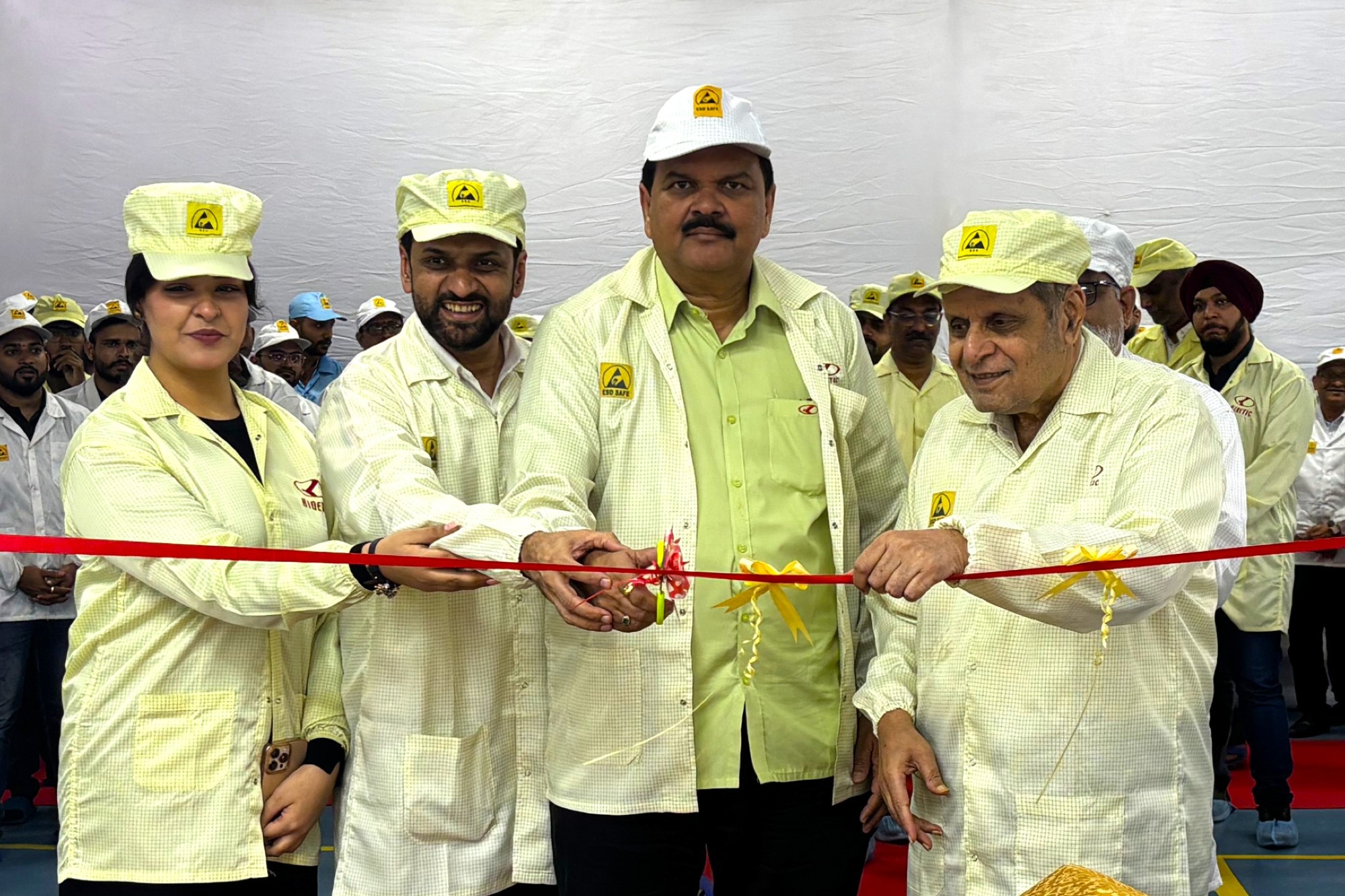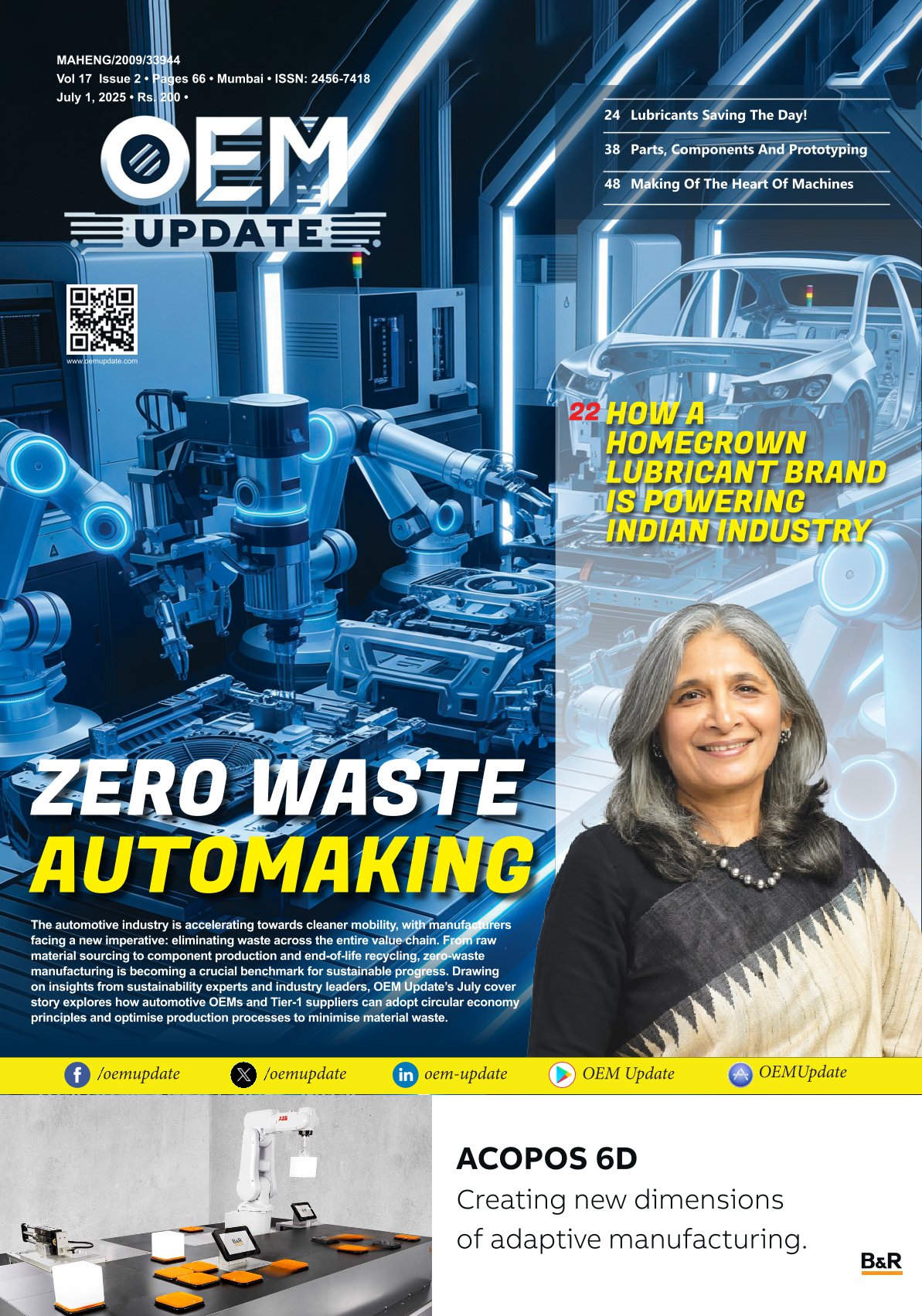Welding and cutting thrusting towards Industry 4.0
By OEM Update Editorial March 7, 2019 4:53 pm IST
An analysis on the biggest trends and risk assessments in the welding and cutting industry.
Companies that invest in automated welding systems can reap many benefits, from improved efficiency to reduced variances in part quality. Utilising advanced welding processes can take those results to the next level — for even greater productivity, weld quality and cost savings.
Automation, the biggest trend in the cutting and welding industry
Aniruddha R. Vilekar I Chief Technical Officer, MR & Head- Marketing, Ador Welding Limited says, “Advanced welding processes help address issues with distortion, spatter, travel speeds and other factors, which can minimise rework, increase production and offer a competitive advantage. With the ‘Make in India’ initiative of the Government of India, the thrust towards achieving world class standards along with Industry 4.0 revolution in automated welding and cutting becomes all the more crucial as our answer to these challenges.”
Shailesh Mittal, Director, Mitco Weld Products Pvt Ltd states, the main reasons for automation being the trend are unfavorable labour laws and growing cost of manpower. He says, “To reduce the dependency on labour force, more and more industries are going for automation. Also with increase in focus on consistent quality more and more companies are going for automation. It is similar to what CNC machines did to lathe machines.”
Rakesh Pachpor, Proprietor, Root machinery says, “If you see the trends of industry, human interference is necessary very minute in production process, owing to its safety and quality reasons. Welding and cutting industry has very critical applications which take place in very less time with high safety measures involved in it.” Automation will help the industry archive the desired production target with desired quality with very less risk of accidents. Looking in this, the results of automation, whether it is done by programming or by robots, all are the part of the method to achieve the desired results.
Choosing between oxy-fuel and plasma cutting systems
The choice between the two processes can be made based on which process will ultimately yield the lowest cost per cut from amongst oxyfuel and plasma after considering all possible variables. The basic nature of each process immediately dictates some choices when you are purchasing a new automated cutting table or retrofitting an existing one.
Vilekar says, “The limitation of oxyfuel is that while it is relatively cheaper; the cost of plasma cutting equipment is up to 3 times more than oxyfuel systems, to install as compared to plasma cutting, it cannot be used to cut aluminium and stainless steels. Conversely, the high-precision plasma process works with any electrically conductive material, making it suitable for cutting steel, stainless steel, and aluminium.”
The speed of cutting also plays a vital role. While oxyfuel cutting can reach speeds of up to 750 mm per minute, the plasma process can reach a speeds of up to 200 mm per minute. This is true especially for lower cutting thicknesses of up to 40mm where plasma cutting pierces and cutting exceedingly faster than the conventional oxyfuel process. A high-speed plasma setup can even cut up to 10 times faster for thickness of up to 50mm. However, the same does not apply for higher cutting thickness (50mm and more) where plasma cutting does not have a great speed advantage.
Vilekar says, “Some fabricators are using plasma to bevel pipe, as new torch configurations provide better joint access. Still, for cutting heavy steel used for infrastructure, offshore oil rigs, and mining equipment applications and for cutting pipe in the field, oxyfuel continues to offer attractive cost benefits.
Modern CNC machines even have up to four oxyfuel torches and two plasma torches on the same gantry giving the process versatility and flexibility. An oxyfuel cut will have a heat affected zone that is five to ten times larger than a plasma cut. Finally, the process that one selects is decided by the cost per cut and the quality of the cut. “Ador Welding offers oxy fuel CNC, conventional plasma cutting CNC and high definition plasma cutting solutions to the industry,” says Vilekar.
Choosing the cutting process totally depends on your desired work results. Oxy-fuel cutting has involvement of gases and their surface finishing is quiet rough and it is generally used where you do not need good surface finishing or in places where surface finishing is done after cutting. In case of plasma cutting, the surface finishing is quiet smoother than oxy-fuel cutting and you can use it directly at the work place. In terms of consumable, oxy fuel cutting needs regular supply of desired gases but in case of plasma cutting you need air compressor which can provide you continuous flow of air to cut. Pachpor says, “Overall choosing a process needs the selection of material, desired surface finishing, economical process and the frequency of cutting.”
Oxy-fuel cutting system can be used only for cutting iron whereas plasma can cut any metal. Mittal says, “Plasma cutting system requires more investment than oxy-fuel though oxy-fuel is more portable than plasma.”
Risk assessments in the welding and cutting process
Carrying out risk assessment during welding and cutting process is paramount for all industries. However, there is a lot still to be desired. Proper safety equipments shall be used with these equipments like flash-back arrestors etc. Also standard products should be used since any leakage might lead to big accidents.
• Compressed gas cylinders must be kept away from radiators and other heat sources and stored upright in a well ventilated, dry location at least 20 feet from highly combustible materials such as oil. Cylinders should be kept away from elevators, stairs, or other spaces where they can be knocked over or damaged
• Piping systems must be tested and proved gastight at 1 1/2 times the maximum operating pressure, and shall be thoroughly purged with air, before being placed in service. Service piping systems must be protected by pressure relief devices
• Hoses showing leaks, burns, worn places, or other defects must be repaired or replaced
• Cutters and welders must be suitably trained in the safe operation of their equipment and the safe use of the process
• The welder should be enclosed in an individual booth, or by non-combustible screens, that are painted with a finish of low reflectivity such as zinc oxide or lamp black (to absorb ultraviolet radiation). Other people next to the welding area must be protected by non-combustible or flame proof screens or be required to wear appropriate goggles
• The booths or screens should permit circulation of air at the floor level
• All movable fire hazards in the vicinity of welding operations must be taken to a safe place. If all the fire hazards cannot be moved, guards must be used to contain the heat, sparks, and slag
• Suitable fire extinguishing equipment must be maintained ready for instant use
• No welding, cutting, or other hot work shall be performed on used drums, barrels, tanks, or other containers until they have been thoroughly cleaned (a purge with an inert gas is also recommended)
• Eye protection must be used during all arc welding or arc cutting operations, gas welding, oxygen cutting, resistance welding, or brazing operations (the proper shade number should be selected)
• When a welder must enter a confined space through a manhole or other small opening, an attendant with a pre-planned rescue procedure must always be stationed outside to observe the welder and to put the rescue operation into effect, if necessary
• Warning labels are required for all filler metals and fluxes containing fluorine compounds (fluorides)
• Special ventilation and/or respirators are required in confined spaces, for cleaning compounds, when fluorine compounds, zinc, lead, beryllium, cadmium, and mercury are encountered, and when cutting stainless steel
Advanced welding processes help address issues with distortion, spatter, travel speeds and can minimise rework, increase production and offer a competitive advantage
Aniruddha R. Vilekar, Chief Technical Officer, MR & Head- Marketing, Ador Welding Limited
Automation will help the welding and cutting industry archive the desired production target with desired quality with very less risk of accidents
Rakesh Pachpor, Proprietor, Root Machinery
There is a lot still to be desired when carrying out risk assessment during welding and cutting process
Shailesh Mittal, Director, Mitco Weld Products Pvt Ltd
Cookie Consent
We use cookies to personalize your experience. By continuing to visit this website you agree to our Terms & Conditions, Privacy Policy and Cookie Policy.







